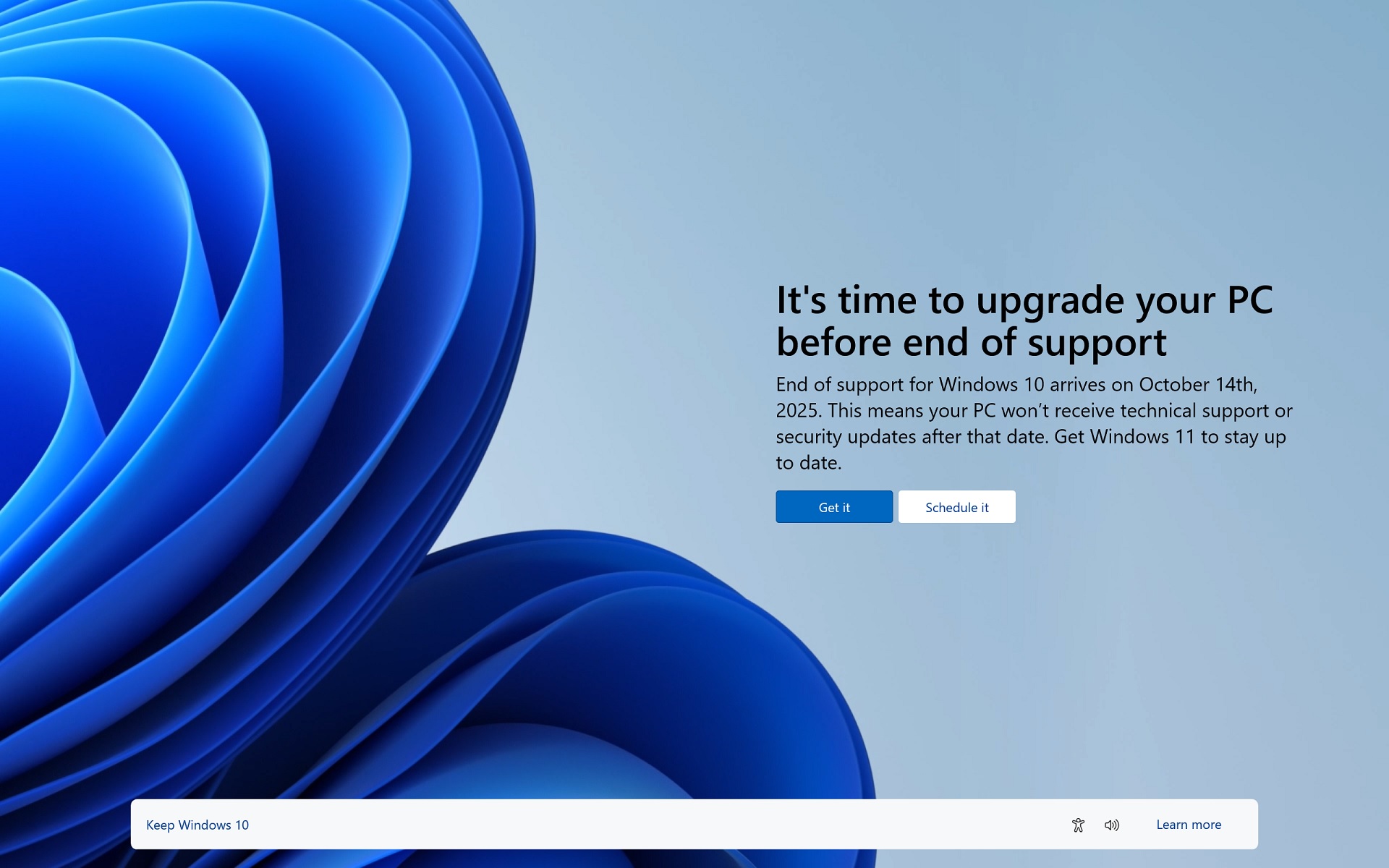Microsoft initially tested Windows 11 naggings with a smaller group of Windows 10 users, mostly those with Home License, but some Pro and Business users also observed the alerts. A full-screen popup appeared, usually after a reboot, reminding users of the benefits of upgrading to the new operating system.

Microsoft planned to expand the invitation to more Windows 10 users from April 2024 but dismissed the plan shortly after the announcement. In an update to the Microsoft 365 advisory, Microsoft has quietly confirmed that it paused these Windows 11 nagging after “feedback” from users.

This change was first spotted and reported by Windows Latest, and it states that: To honor our user’s feedback, these invitations will no longer begin with the April 2024 monthly security update. We will share a new timeline in the coming months.
The implementation, which has been paused for now, would have affected all the non-managed Windows 10 PCs that depend on Microsoft for updates. It includes the following devices:
- Windows 10 Pro and Pro Workstation
- Cloud-domain joined, and domain joined
- Devices not managed by IT departments via tools
The announcement appeared confusing to many, but the Redmond giant quietly updated the page to differentiate between a managed and non-managed Windows 10 device.
According to Microsoft, “Managed devices are those that you manage via Microsoft Intune, Configuration Manager, Windows Autopatch, Windows Update for Business, Windows Server Update Services (WSUS), or select other third-party management tools. Other devices are considered non-managed.”
Regardless, the “invitation” is an advertisement to nudge users to upgrade to Windows 11
The delay is great news because, let’s be honest – no one loves five-page full-screen popups about upgrading to a new operating system.
Windows 11 is fairly old now, and there’s rarely anyone who hasn’t heard about it.
Most business users have consciously stuck to Windows 10 because they find it usable.
Windows Latest observed popup still appears for all eligible Windows 10 Home PCs that meet the hardware requirements of Windows 11. The alerts have been paused for Windows 11 Pro, Enterprise, and other business-focused editions.
However, the Windows 10 retirement date is barely a year away, which leaves Microsoft with no option, but to resume the nagging soon.
Isn’t there a Microsoft Extended Security Updates Program?
The extended security update program appears like a shimmer of hope, but that’s just delaying the inevitable. If buy the extended security updates, you’ll have to pay the company to keep delivering security updates for your Windows 10 PC after October 14, 2025.
You can purchase yearly plans to keep receiving security updates for three more years. However, you won’t receive any feature updates. That doesn’t paint a rosy picture for consumer or business PCs, which will feel left out compared to those who use Windows 11.
The company is mum on the pricing for the Extended Security Updates program for consumers.
In a statement to Windows Latest, Microsoft told us that it plans to reveal the prices when the EOS date is near, causing more unrest among users who cannot upgrade to Windows 11 due to hardware limitations.
Maybe Microsoft wants to shape the pricing according to the percentage of users who stick with Windows 10.
StatCounter’s data shows that the number could be well above 50% of the total Windows desktop market share. Windows 10 currently captures 64% of the market share, while Windows 11 has barely crossed the 30% mark after two and a half years.
Should Microsoft have waited a few more years before putting Windows 10 to rest? Share your thoughts in the comments.
The post Microsoft pauses Windows 11 full-screen alerts on Windows 10 after feedback appeared first on Windows Latest
